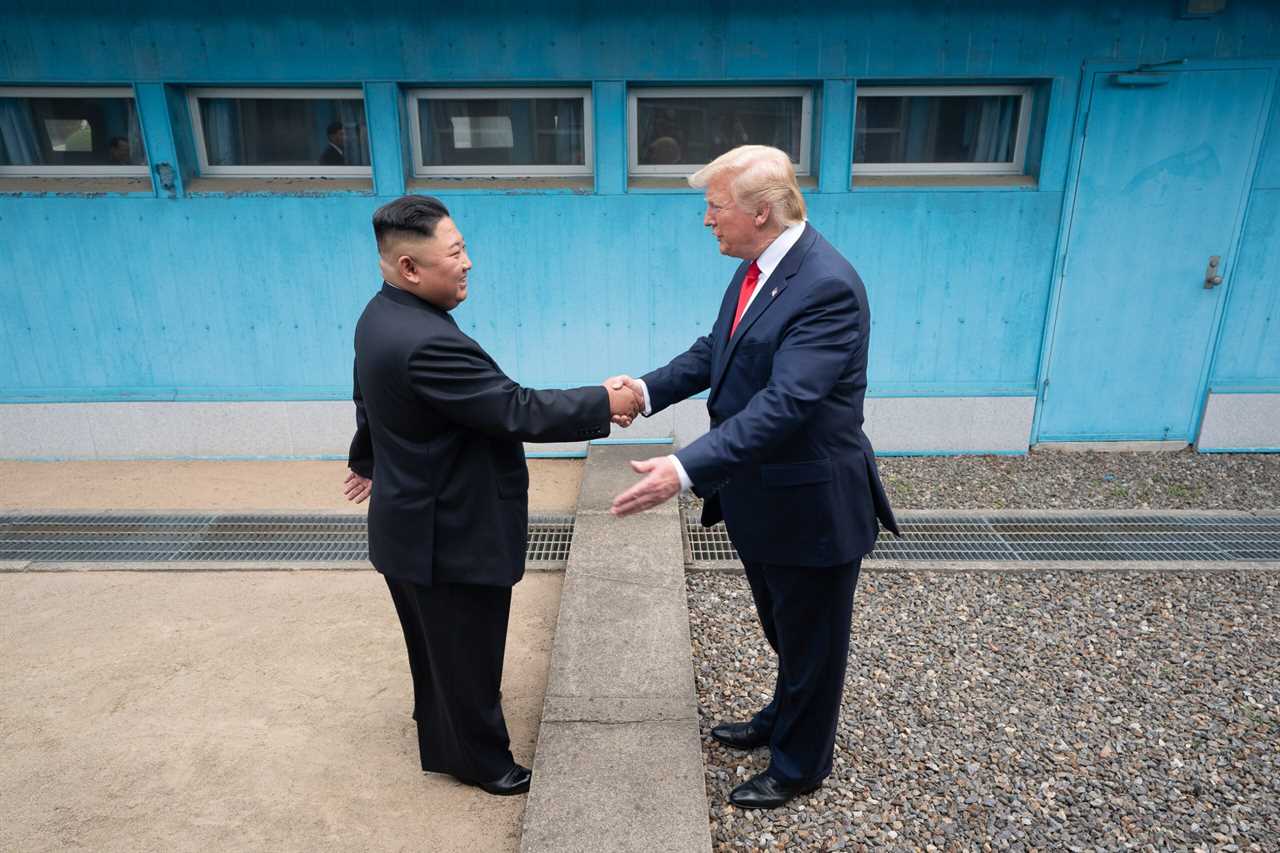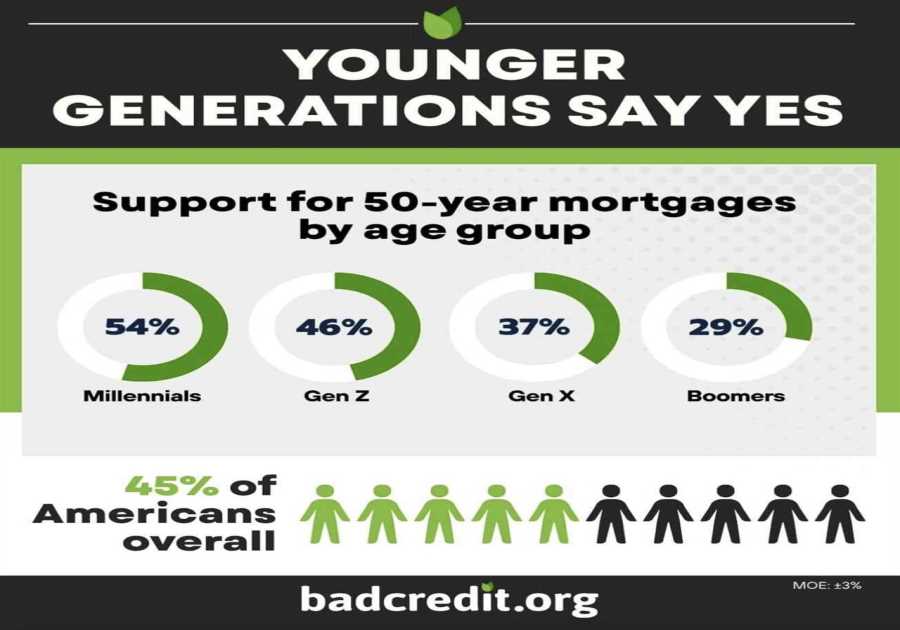
President Trump has stated his willingness to meet with Kim Jong Un during his current Asia trip, saying he would “love to meet” the North Korean leader while in South Korea for the APEC summit. White House officials, however, have said that no meeting is scheduled. Previous Trump–Kim meetings were arranged rapidly; the 2019 meeting at the DMZ was organized in under 48 hours after Trump issued an invitation via Twitter.
Trump and Kim met three times during Trump’s first presidential term. Their first summit, held June 12, 2018, at the Capella Hotel in Singapore, produced a joint statement committing to security guarantees for North Korea, peaceful relations, denuclearization of the Korean Peninsula, recovery of soldiers’ remains, and continued negotiations. The second summit took place February 27–28, 2019, at the Hôtel Métropole in Hanoi, Vietnam, but ended without agreement after North Korea demanded full sanctions relief.
The third meeting occurred June 30, 2019, at the Demilitarized Zone separating North and South Korea, where Trump briefly stepped into North Korea, the first sitting U.S. president to do so.
Ahead of their next possible meeting, the UN Human Rights Office report found that North Korea’s human rights situation has not improved over the past decade and, in many areas, has worsened. UN High Commissioner Volker Türk called it a “lost decade,” warning that the population continues to endure “suffering, brutal repression and fear.” The report concluded that “no other population is under such restrictions in today’s world,” citing total state control through surveillance, censorship, and punishment.
Political prison camps remain operational, and the fate of hundreds of thousands of disappeared people—including foreign nationals abducted from South Korea and Japan—remains unknown. The UN estimates that 80,000 to 120,000 political prisoners are detained in the kwanliso system, though some estimates place the figure closer to 200,000.
Between March 2020 and August 2021, the number of inmates rose by at least 20,000, largely due to arrests under new COVID-19 regulations and the Law on the Elimination of Reactionary Thought and Culture. At least 150,000 people are held in pre-trial or administrative detention, bringing the total prison population to more than 300,000 in a country of about 26 million.
Satellite imagery and witness testimony confirm six operating political prison camps where detainees are forced to work in near-slavery conditions and frequently tortured. At Yodok camp, a former inmate reported that about 40 percent of prisoners died of malnutrition between 1999 and 2001. Food rations are deliberately minimal, keeping prisoners perpetually starving and forcing them to eat grass, bark, rats, and snakes. Public executions are routine, and escape attempts lead to months of interrogation followed by execution.
A July 2024 UN report described how citizens are “controlled and exploited through an extensive and multi-layered system of forced labour” that serves state interests. Victims reported beatings, sexual abuse, and food deprivation if work quotas were unmet. Authorities deploy thousands of orphans and street children in “shock brigades” to perform hazardous mining and construction work, while schoolchildren are forced into field labor instead of attending class.
Since 2015, North Korea has expanded the death penalty to include distributing or watching foreign media, with executions reported for as little as viewing South Korean television dramas. A 2019 South Korean NGO identified 318 execution sites located near rivers, fields, markets, schools, and sports grounds, where family members and children of those condemned were compelled to watch. Public trials and executions function as tools of intimidation, reinforced by technology that enables sudden raids and digital surveillance.
The population is subjected to unremitting propaganda and mandatory ideological sessions. Citizens must attend weekly self-criticism meetings and join party-led mass organizations that enforce government doctrine and mobilize people for forced labour. An escapee told UN investigators, “To block the people’s eyes and ears, they strengthened the crackdowns.”
Women face especially severe abuses, receiving only minimal food and often resorting to eating scraps from guards’ dishwater. Those who return from China pregnant are subjected to forced abortions, with guards inducing miscarriages through beatings and harsh labour.
In the U.S., liberals claim that the country is a third-world nation, a dictatorship, or fascist, while at the same time demanding socialism and communism. The DPRK is proof of how communism devolves into totalitarianism. Apart from North Korea, there are only four communist countries. Life is better in China and Vietnam than in North Korea, but citizens are far from free, lacking most of the rights protected by the U.S. Bill of Rights. In the other two communist countries, Laos and Cuba, citizens have even fewer rights and freedoms and a much lower standard of living than in Vietnam, where the average wage is about $400 USD. Anyone supporting communism in the U.S. is horribly misinformed about the realities of life under such a system.
The post Ahead of Possible Trump–Kim Meeting, North Korean Oppression Intensifies appeared first on The Gateway Pundit.
------------Read More
By: Antonio Graceffo
Title: Ahead of Possible Trump–Kim Meeting, North Korean Oppression Intensifies
Sourced From: www.thegatewaypundit.com/2025/10/ahead-possible-trump-kim-meeting-north-korean-oppression/
Published Date: Wed, 29 Oct 2025 00:40:41 +0000
Did you miss our previous article...
https://trendinginbusiness.business/politcal/just-in-senate-votes-5248-to-nuke-trumps-tariffs-on-brazil-these-five-rinos-voted-with-the-democrats
.png)





